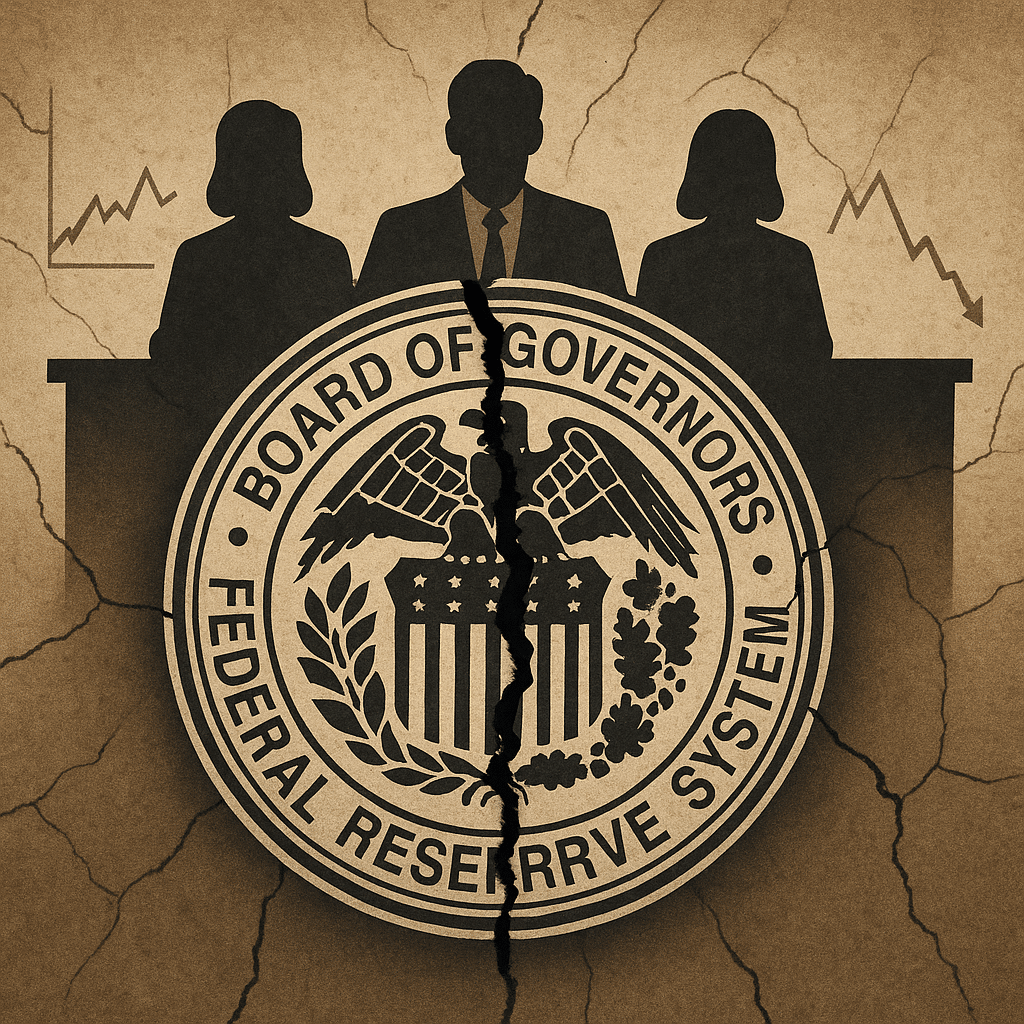
Could Central Bank Digital Currencies Replace Commercial Banks?
EDITOR NOTE: If central banks were to eliminate all commercial banks, centralizing the entire banking system under one roof, one bank, one lender, then we’re looking not only at an unprecedented and vulgar monopoly but also at the end of capitalism itself. Total. Monetary. State. Control. While this seems to read from a page of a bad libertarian sci fi horror book, it also exists in the pages of a recent Philadelphia Fed research paper. Yes, the idea of total monetary control via digital architecture is closer to reality than we think. The Fed may not like the idea now, but it gives you a glimpse into a possible future--a dystopian future for you, the individual. For the “State,” on the other hand, well, it’s everything it wanted...right?
Central bank digital currencies might one day replace commercial banks. But that comes with risks, according to new research from the Federal Reserve of Philadelphia.
The 32-page research paper – titled “Central Bank Digital Currency: Central Banking for All?” – investigated the implications of an account-based central bank digital currency (CBDC), focusing on its potential competition with the traditional maturity transformation role of commercial banks.
“The introduction of digital currencies may justify a fundamental shift in the architecture of a financial system, a central bank ‘open to all,'” the paper, which was published on June 1, reads.
Questions posed by the research arm of the Fed, which were undertaken in collaboration with the Universities of Pennsylvania and Chicago, examined the ramifications of the introduction of a CBDC and how the opening of central bank facilities might affect financial intermediation.
Specifically, the questions were aimed at exploring the role CBDCs play in “giving consumers the possibility of holding a bank account with the central bank directly,” in essence replacing the role currently performed by commercial banks.
Maturity transformation refers to the practice by financial institutions of borrowing money on shorter timeframes than they lend out. This is often done through deposits from savers by converting that finance into long-term borrowings such as mortgages. It is the role of commercial banks to facilitate the needs of lenders and borrowers.
This process can backfire though, such as if there is a panic or bank run where all savers attempt to withdraw money at once or if the money markets suddenly dry up due to lenders no longer providing short-term loans to one another.
The paper determined the set of allocations achieved with private financial intermediation (commercial banks) could also be achieved with a CBDC, provided competition is allowed with those commercial banks and depositors do not panic. However, the paper also determined an associated cost involved.
“Our equivalence result has a sinister counterpart. If the competition from commercial banks is impaired (for example, through some fiscal subsidization of central bank deposits), the central bank has to be careful in its choices to avoid creating havoc with maturity transformation,” according to the paper.
In other words, if CBDCs did disrupt the role of commercial banks and allowed the borrowing of more money than is lent out, there’s a concern central banks could harm the money markets.
The paper also showed how the “rigidity of the central bank’s contract with investment banks” deterred panic runs and, as such, if depositors started to exclusively deposit with the central bank it could end up becoming a “deposit monopolist,” attracting deposits away from the commercial banking sector.
“This monopoly power eliminates the forces that induce the central bank from delivering the socially optimal amount of maturity transformation,” the Fed paper says.
Originally posted on CoinDesk










